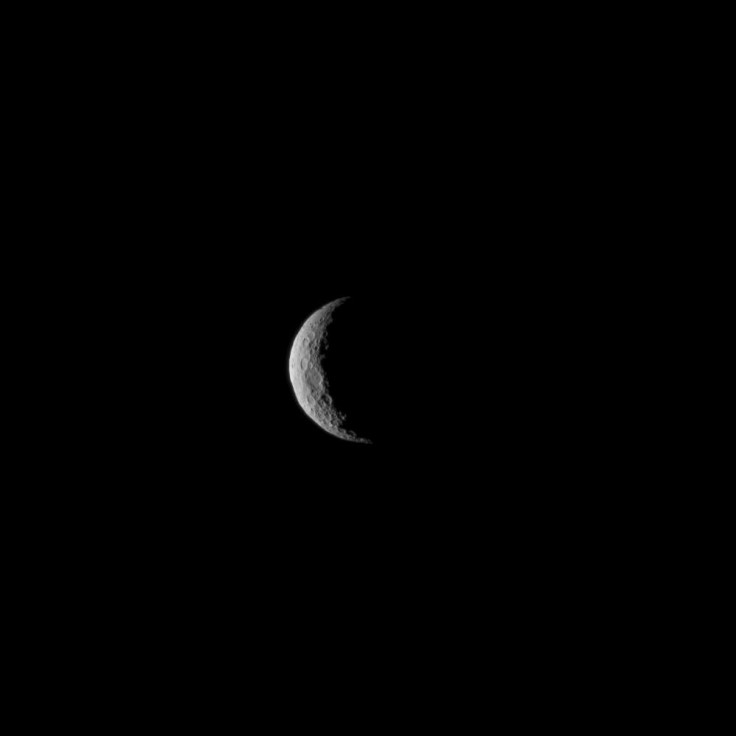NASA Dawn Arrives At Ceres: What Is A Dwarf Planet? Facts About The Mission

NASA's Dawn spacecraft has arrived at its destination. While Pluto is the dwarf planet that gets the most attention, Ceres is very important to researchers who want to understand how the solar system and planets form. To celebrate the historic event, let's take a look at a few facts for the Dawn mission.
Went into orbit at #Ceres at 4:39 a.m. PST today. Read all about it: http://t.co/7nKx3UmY2t Recent image: pic.twitter.com/xTogoLgfoN
— NASA's Dawn Mission (@NASA_Dawn) March 6, 2015What Is A Dwarf Planet
The International Astronomical Union (IAU) is in charge of naming conventions and definitions of objects. In 2006, the IAU passed Resolution 5A that placed the definition of objects in our solar system -- except satellites -- into three categories. Dwarf planets are "planetary-mass objects orbiting the sun that are massive enough to be rounded by their own gravity, but are not planets or satellites. Unlike planets, these bodies have not cleared the neighborhood around their orbits, and their paths sometimes cross with other, often similar, objects," according to the IAU. Any objects that are not classified as planets, dwarf planets or satellites are considered "small solar system bodies."
How Many Dwarf Planets Are In Our Solar System?
In addition to Pluto, there are four other dwarf planets in our solar system:
- Ceres is located in the main asteroid belt between Mars and Jupiter.
- Eris has one moon, Dysnomia, and takes 557 years to orbit the sun.
- Makemake is located in Kuiper belt outside of Neptune and takes 310 years to orbit the sun.
- Egg-shaped Haumea is also located in the Kuiper belt and has two moons, Hi'aka and Namaka.
Why NASA Is Going To Ceres
Ceres is the largest object in the main asteroid belt, and the dwarf planet -- giant Jupiter messed up any chance of Ceres becoming a planet -- could tell us a lot about how our planets and solar system formed. Ceres is made up of the left over rock from early planet formation. "Since its discovery in 1801, Ceres was known as a planet, then an asteroid and later a dwarf planet," Marc Rayman, Dawn chief engineer and mission director at NASA's Jet Propulsion Laboratory, said in a statement.
Dawn's Mission Objectives
Before arriving at Ceres, Dawn spent time observing the asteroid Vesta in 2011 and 2012. This set of data, combined with data from Ceres, will help answer questions about our solar system and planetary formation. Dawn has three scientific instruments that will take images of Ceres, map the dwarf planet's surface and analyze the elemental composition of Ceres down to a depth of three feet. Dawn was launched on Sept. 27, 2007, and the end of its primary mission is scheduled for July 2015.
What's Next?
Recent photos of Ceres have revealed a mystery that's currently baffling scientists. There are two bright spots that could be a sign of surface changes on the dwarf planet or geological activity, according to NASA. Previous observations of Ceres have shown signs of water vapors on the dwarf planet, and there could even be a large amount of water ice underneath the surface, which Dawn will be able to detect with its onboard science suite.
© Copyright IBTimes 2024. All rights reserved.






















